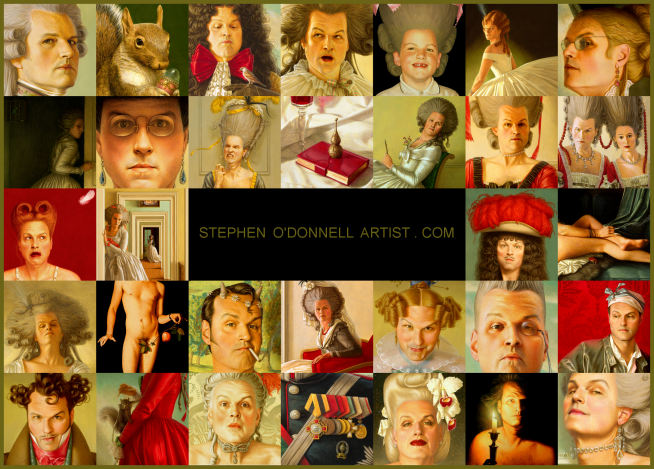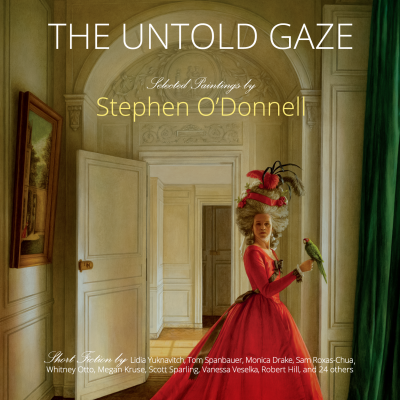"Jupiter painting butterflies, Mercury and Virtue". I'd never seen this painting before, and I think it's rather wonderful. An unusual, complex, but perfectly balanced composition. Lighting that is forceful but also nuanced. And, most of all, I find the color harmonies extremely beautiful. There are lovely details - the feathery trees, Mercury's feathered sandals/feet, Jupiter's lightning bolts, tossed at his feet - and many of the highlights look to be picked out in gold leaf. It also has that something extra I'm always thrilled to find in an otherwise merely beautiful painting: it's pretty damn nutty. I'm sure there are art historians, experts on Renaissance iconography and/or classical mythology who could explain the thing to us; there are probably innumerable scholarly treatises on just this single painting. I suppose it's some kind of allegory of painting. And from what I understand, the story goes that Virtue and Fortune were having a row and Virtue trotted off to Jupiter to get him to intervene. But Mercury told her to hold on, saying that the gods were busy "making cucumbers blossom and painting the wings on butterflies". Alright, fair enough. That still doesn't explain one very particular detail, one rather perverse artistic choice: having left off his typical macho styling and godly bravado, why is Jupiter - so languid his posture, head tilted back, legs coyly crossed - sitting there in that terribly fetching nightgown?
***
Dosso Dossi, né Giovanni di Niccolò de Luteri(circa 1490, San Giovanni del Dosso – 1542, Ferrara), Italian Renaissance painter. Little is known of his early life or training, but his father was employed by the Dukes of Ferrara. By his early twenties, Dossi himself had begun work for Alfonso I and Ercole II d'Este, Dukes of Ferrara and Modena; becoming principal court artist, he would continue for three decades, until his death. He often worked with his younger brother Battista Dossi, who had trained in the Roman workshop of Raphael.























































